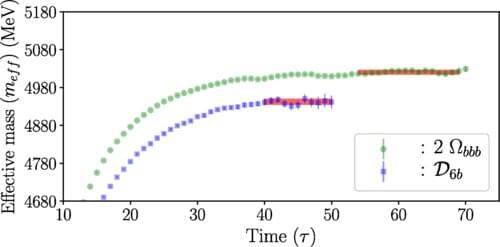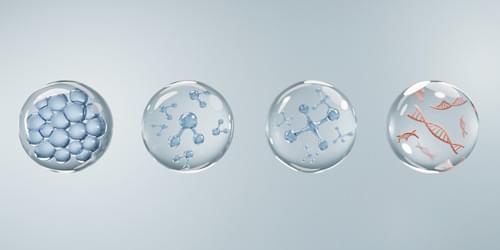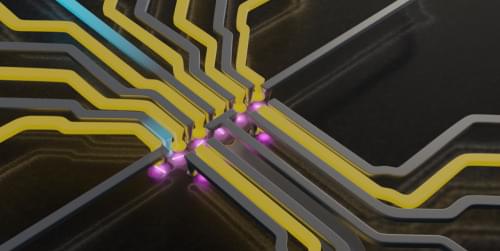Recorded on February 10th, 2023.
Historian Stephen Kotkin became the Kleinheinz Senior Fellow at the Hoover Institution in 2022. He taught at Princeton for more than 30 years, and is the author of nine works of history, including the first two volumes of his biography of Joseph Stalin, Paradoxes of Power, 1,878 to 1928 and Waiting for Hitler, 1929 to 1941. He is now completing the third and final volume. Since the war in Ukraine broke out a year ago, Kotkin has appeared regularly on Uncommon Knowledge with Peter Robinson to offer his unique perspective on the Russian aggression and answer five questions for us. This is the third installment.
For further information:
https://www.hoover.org/publications/uncommon-knowledge.
Interested in exclusive Uncommon Knowledge content? Check out Uncommon Knowledge on social media!
Facebook: https://www.facebook.com/UncKnowledge/
Twitter: https://www.twitter.com/UncKnowledge/
Instagram: https://instagram.com/uncommon_knowledge_show




